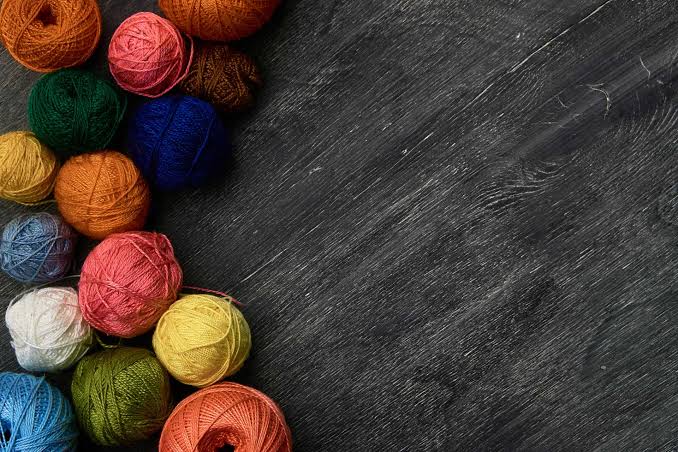Pak-China FTA-II, EODB To Unlock Potential Foreign Exchange Revenue From Knitwear Sector
Lahore – The Pakistan Hosiery Manufacturers & Exporters Association (PHMA) has welcomed the growth of 8.69% in knitwear exports from the country during the first five months (July-Nov 2019-20) of the current financial year compared to the exports in the corresponding period last year, saying the industry is now eyeing on Chinese tariff concessions under FTA-II phase and ease of doing business to unlock the potential foreign exchange revenue from the value-added textile sector.
According to data from the Pakistan Bureau of Statistics, approximately 51,240 thousand dozens of knitwear worth $1.320 billion were exported compared to 48,315 thousand dozens valuing $1.215 billion exported last year.
According to the data, textile exports stood at $5.5 billion during the same period last year. In November, the textile exports clocked in at $1.17 billion, an increase of 7.03% year-on-year, but a decrease of 3.1% month-on-month. From July to November, value-added textile sector increased in exports.
Readymade garments export increased by 13.2%. The knitwear exports increased by 8.7% and exports of bed wear by 4.7%. Raw cotton exports stood at $2.06 million, up 24.91% on a yearly basis, while the cotton yarn exports surged 23.9% in November.
PHMA Vice Chairman Shafique Butt said the role of value-added knitwear sector is vital in the national exports and the government should accord top priority to this sector taking necessary steps and measures to enhance its export efficiency.
The export-oriented industry has been facing multiple challenges in the wake of high cost of manufacturing, exorbitant utility tariffs and high labour wages comparing to the competitors on the world markets. “We appreciate the govt efforts to reduce the cost of manufacturing and make the value-added textile export industry more viable,” the chairman added.
He also urged the government to work on rationalizing duties structures and minimize taxes and duties on import of raw materials and instead apply duties on import of finished/luxury goods in order to facilitate the domestic industry.
The Ministry should also hold a meeting to simplify DTRE Scheme. He said the ministry should also discourage export of raw material and encourage export of value-added items.
Shafique Butt said that this growth in textile exports remained stationary in the previous few months, and it remains to be seen whether the phase-II of China-Pakistan free trade agreement (CPFTA II) can provide some fresh impetus to the sector.
He said that CPFTA II can speed up exports due to its concessionary tariff lines and greater market access. Electricity should be supplied at a flat rate round the clock to the industrial sector in winter season to meet to government’s aims to increase production, uplift exports and create more jobs,” he said.
He said that exporters are expecting the working capital for the sector and liquidity to improve, since the government is now getting rid of all the imperfect mechanism of bonds to clear refund payments and are instead opting to make cash payments.— PRESS RELEASE

